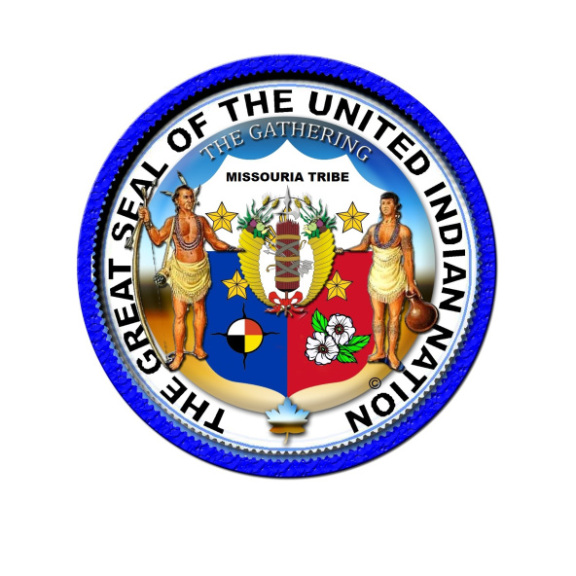Discover the Missouria Tribe
Preserving Our Heritage for Future Generations

The Missouria Tribe (in their own language, Niúachi, also spelled Niutachi) are a Native American tribe that originated in the Great Lakes region of what is now the United States before European contact. The tribe belongs to the Chiwere division of the Siouan language family.
The 7 clans
BEAR
BEAVER
BUFFALO
BOBCAT
DEER
EAGLE
OWL
Throughout the 17th and 18th centuries, the tribe lived in bands near the mouth of the Grand River and Missouri rivers at its confluence with the Missouri River, the mouth of the Missouri at its confluence with the Mississippi River, and in present-day Saline County, Missouri. The Missouria were prolific bison hunters and horse breeders. They controlled the traffic and trade along the Missouri river with other tribes and early Spanish and French colonizers.
The 17th century brought hardships to the Missouria. The Sauk and Meskwaki frequently attacked them. Their society was even more disrupted by the high fatalities from epidemics of smallpox and other Eurasian infectious diseases that accompanied contact with Europeans. The French explorer Jacques Marquette contacted the tribe in 1673 and paved the way for trade with the French.
The Missouria migrated west of the Missouri River into Osage territory. During this time, they acquired horses and hunted bison. The French explorer Étienne de Veniard, Sieur de Bourgmont visited the people in the early 1720s. He married the daughter of a Missouria chief. They settled nearby, and Veniard created alliances with the people. He built Fort Orleans in 1723 as a trading post near present-day Brunswick, Missouri. It was occupied until 1726.

18th century
In 1730, an attack by the Sauk and Meskwaki tribes nearly destroyed the Missouria, killing hundreds.
In the summer of 1804, the Missouria were one of the first tribes to hold council with Lewis and Clark who were representatives of President Jefferson. The captains presented to the chiefs a document that offered peace while at the same time established the sovereignty of the United States over the tribe.
Some survivors joined with the Otoe, while some joined the Osage and Kansa. After a smallpox outbreak in 1829, fewer than 100 Missouria survived. But some stayed in Missouri.